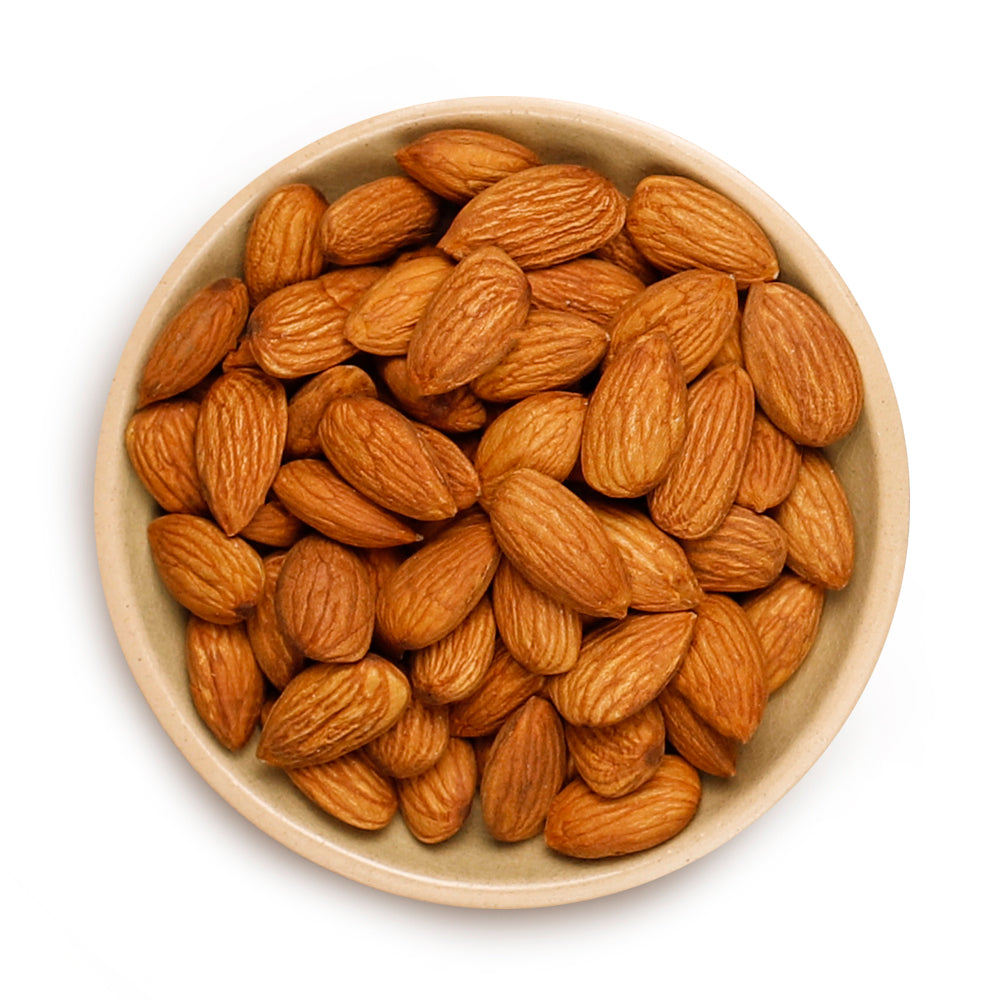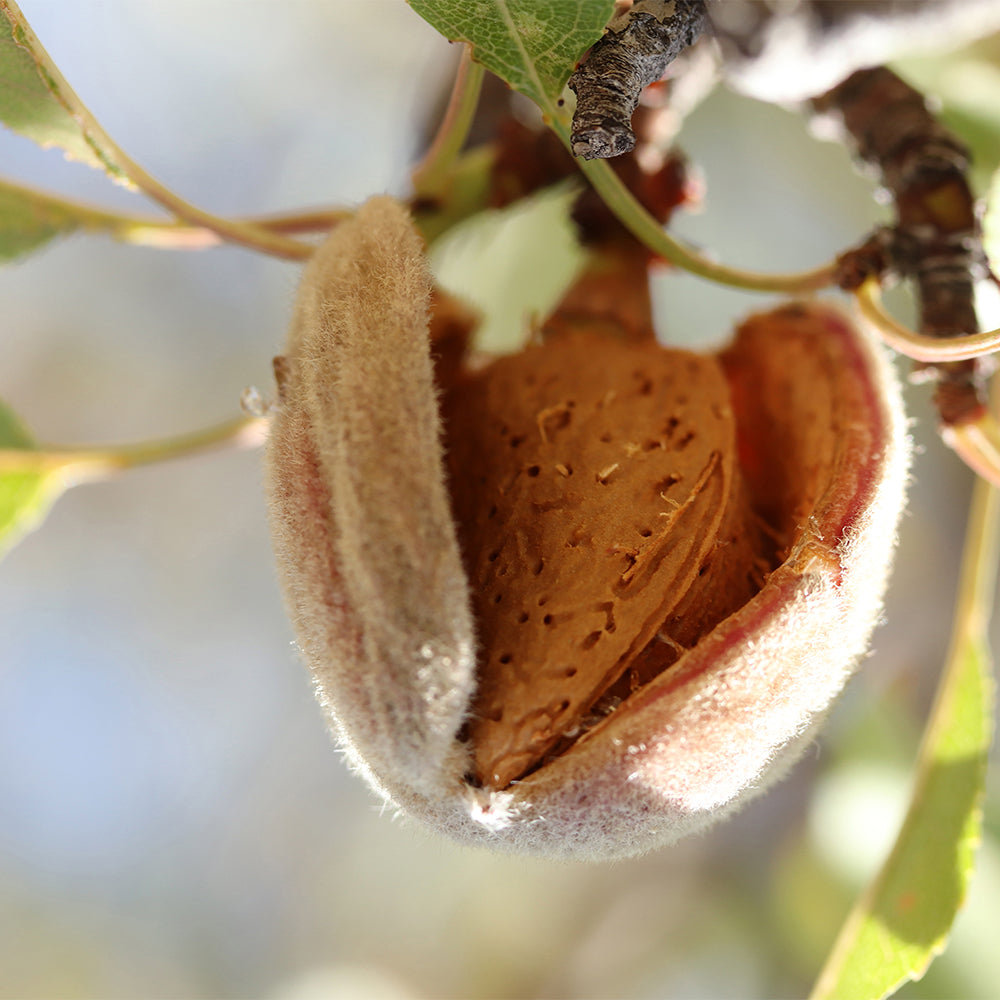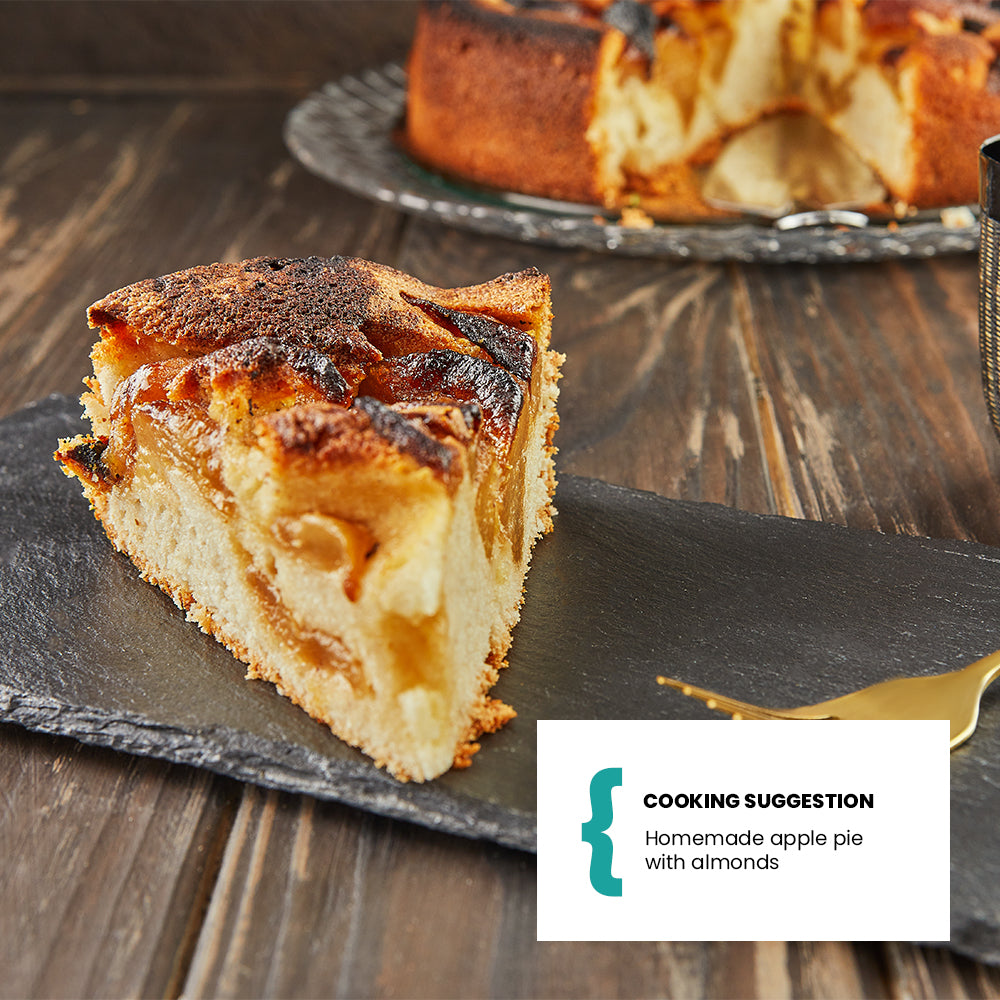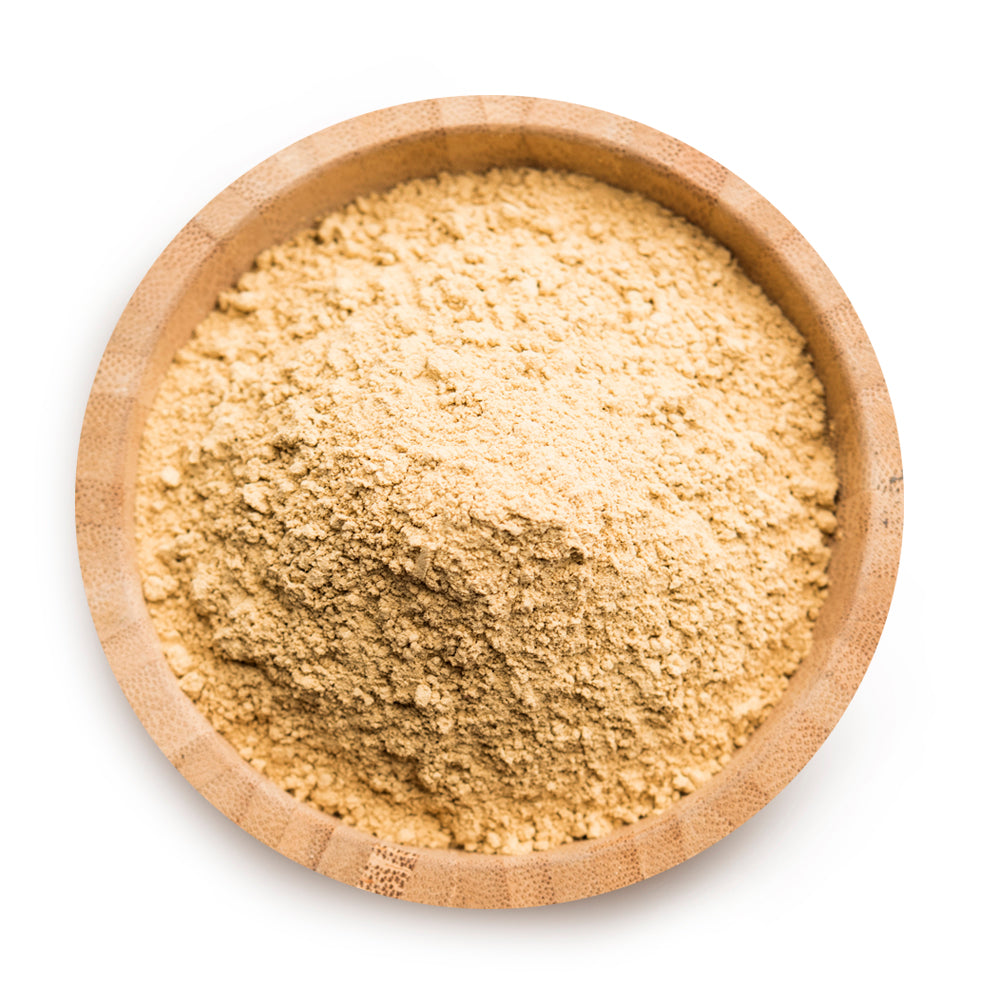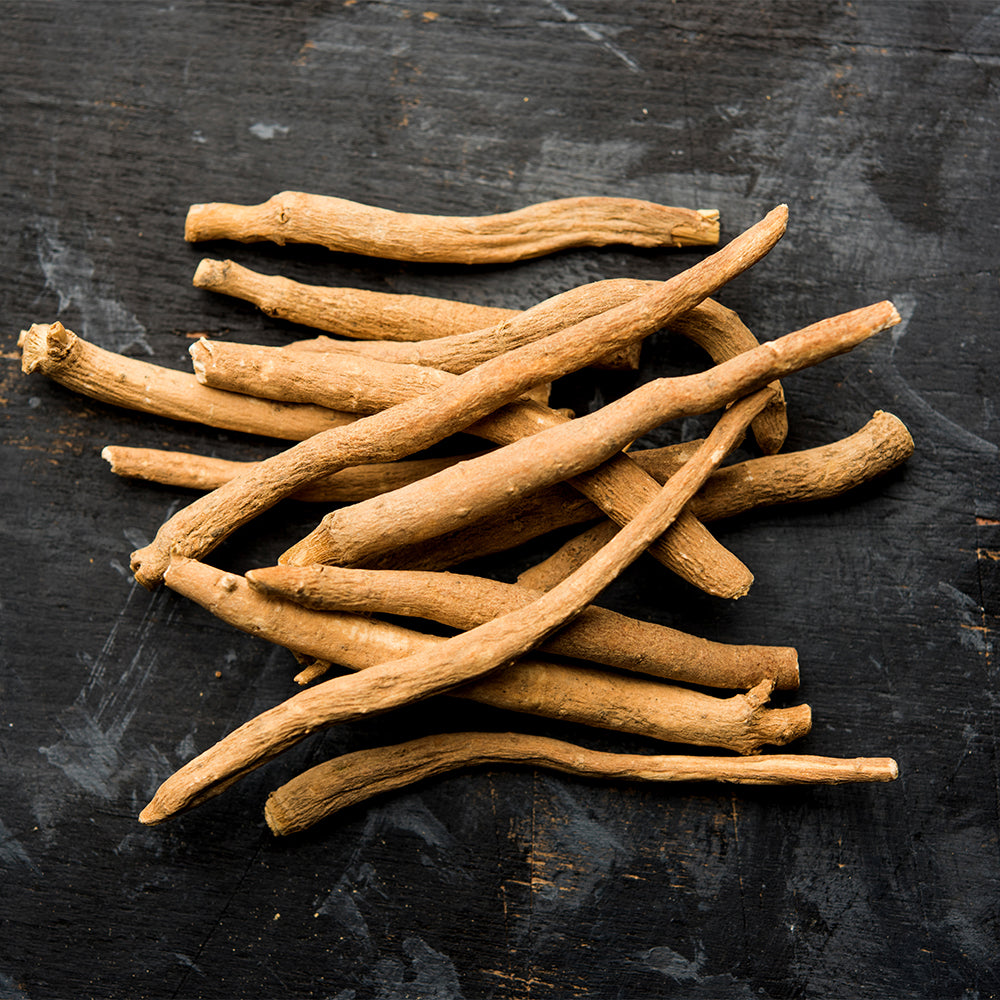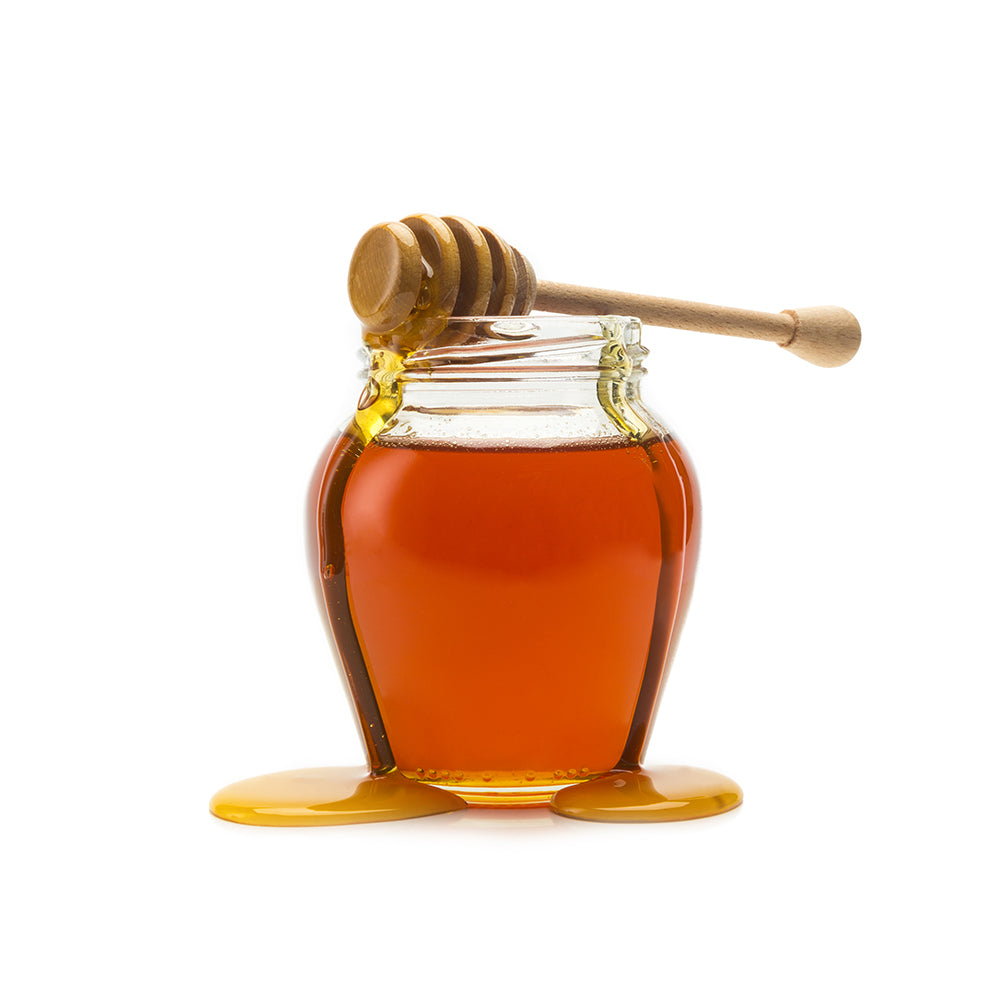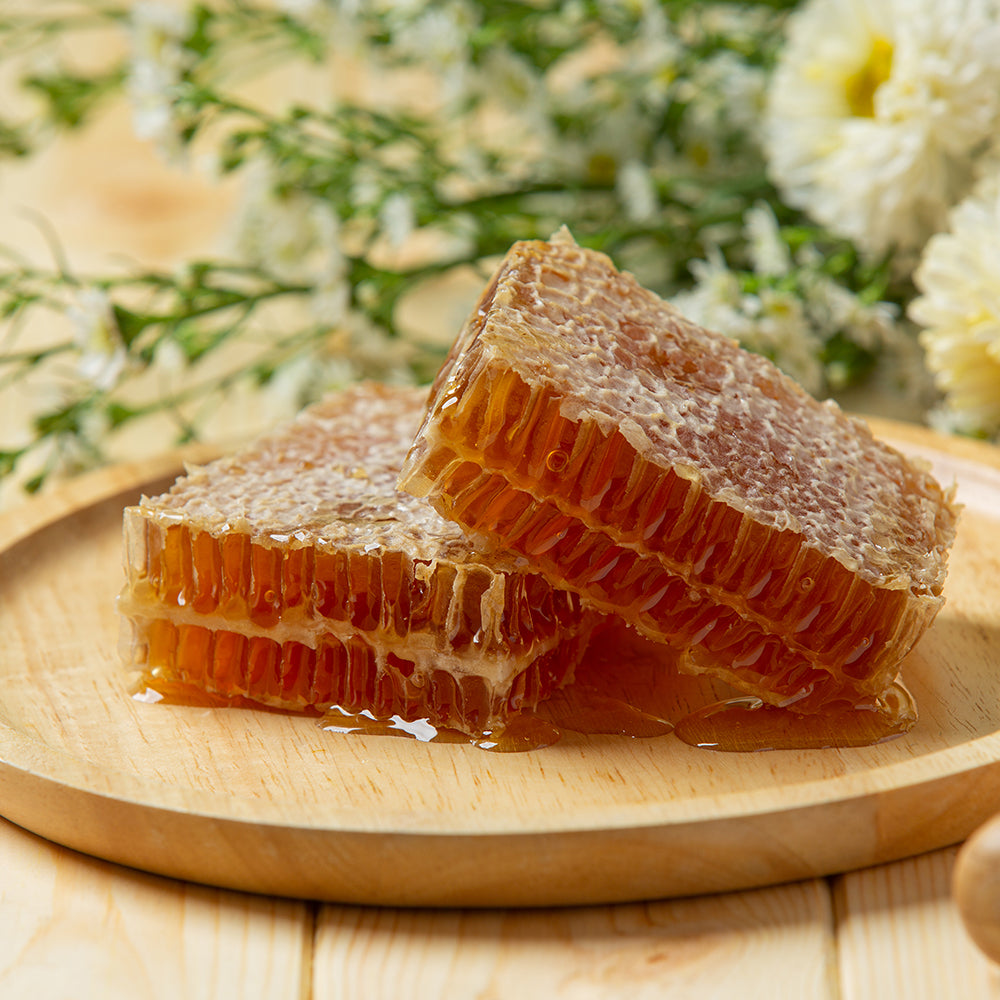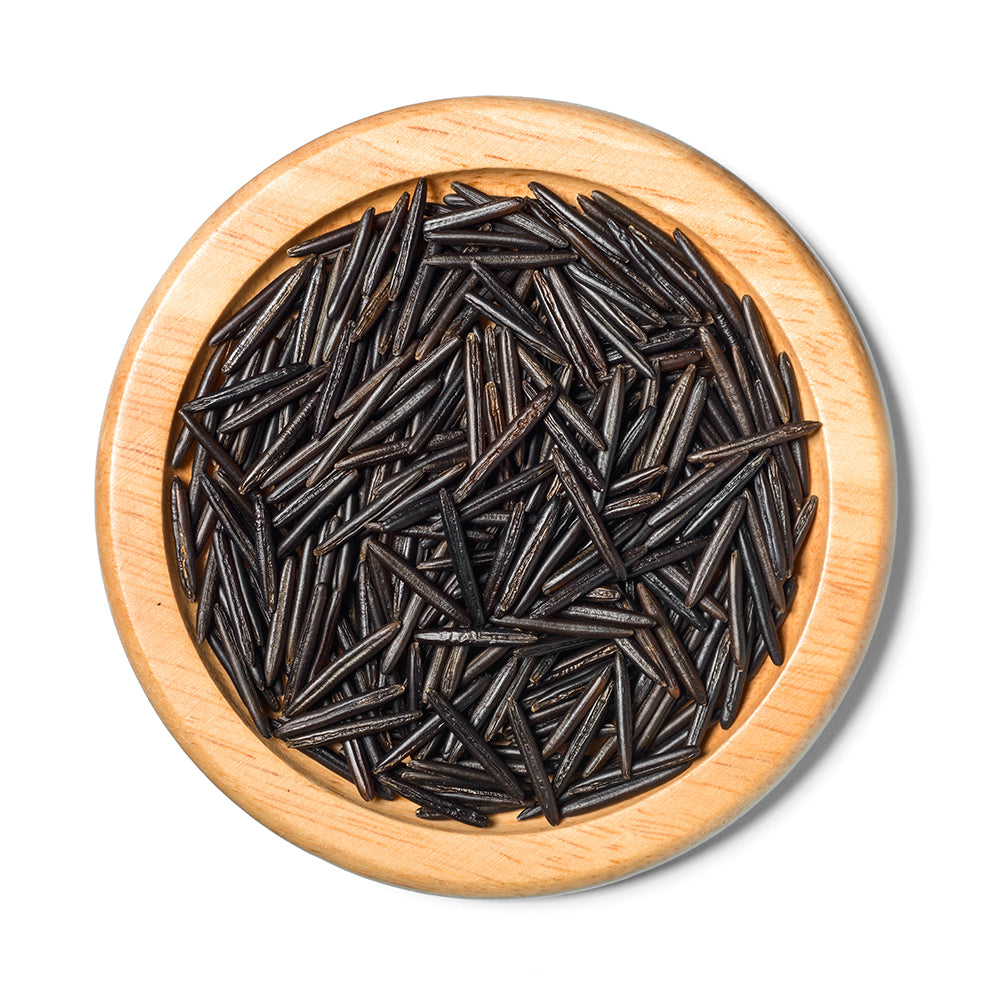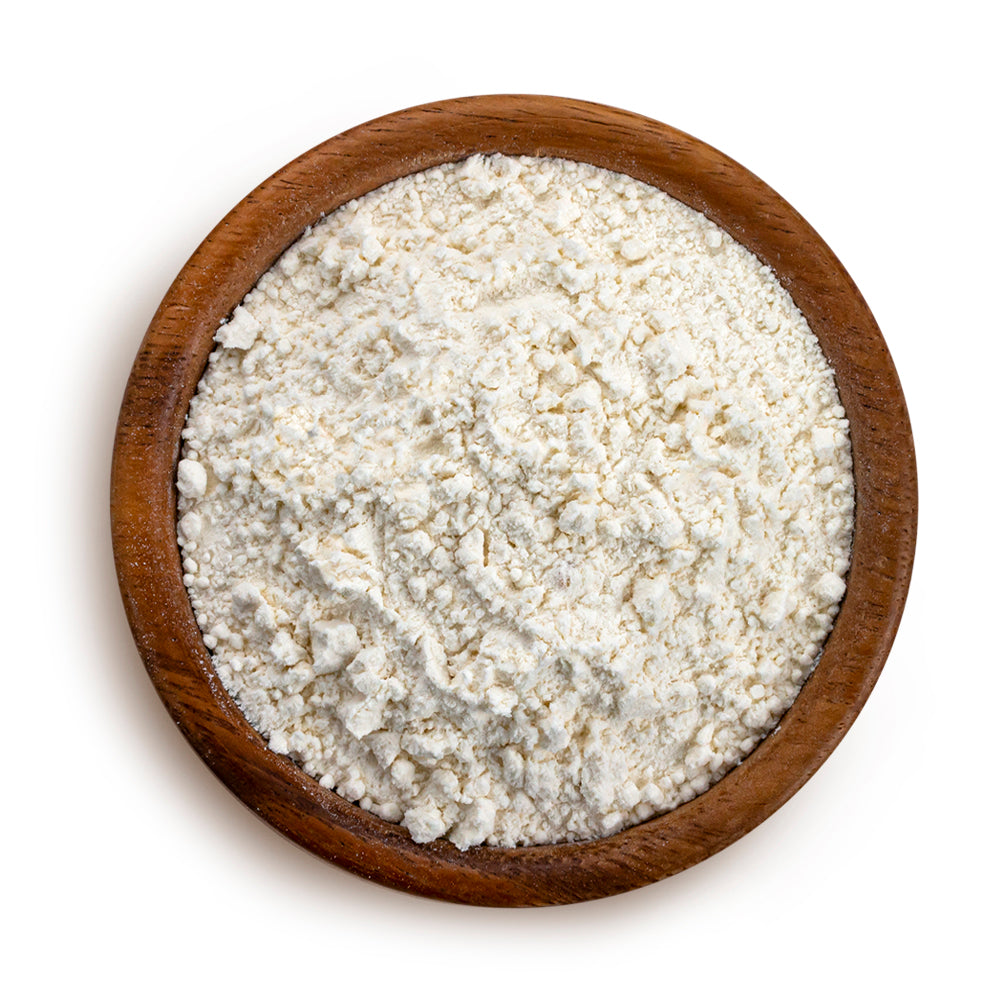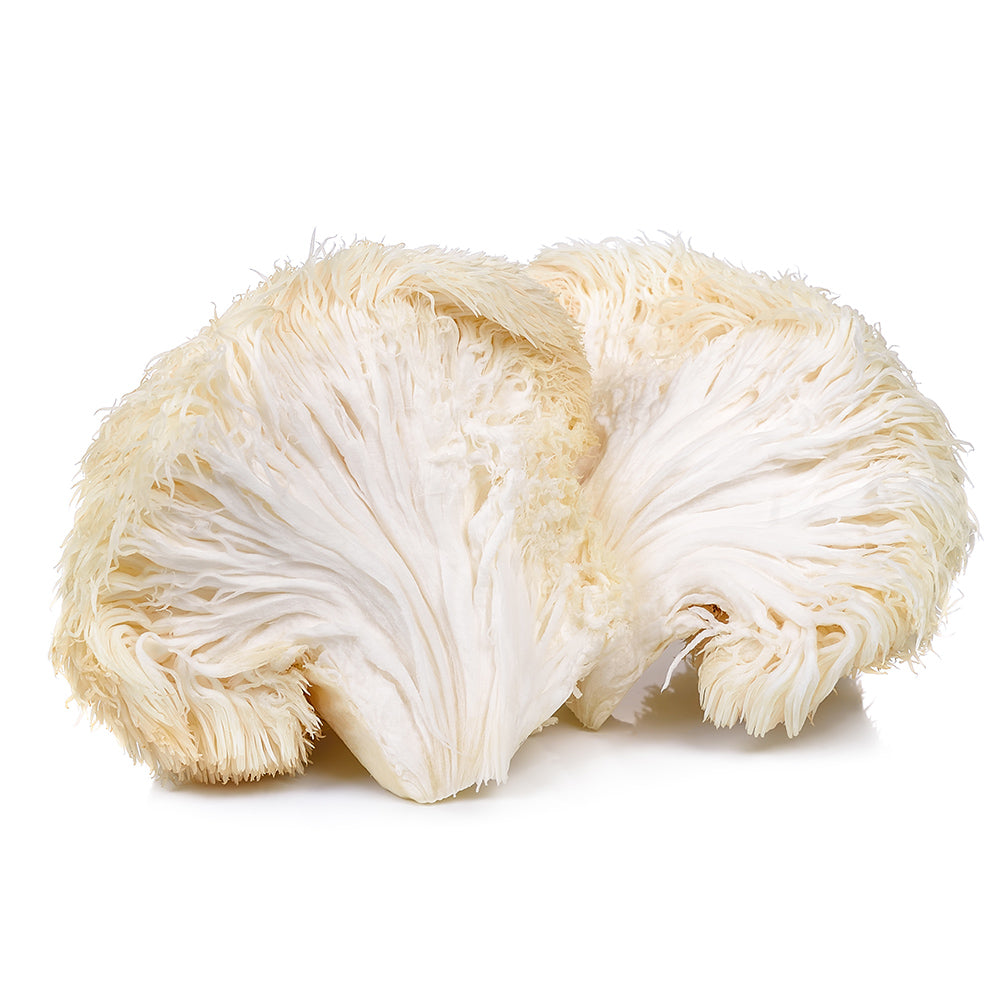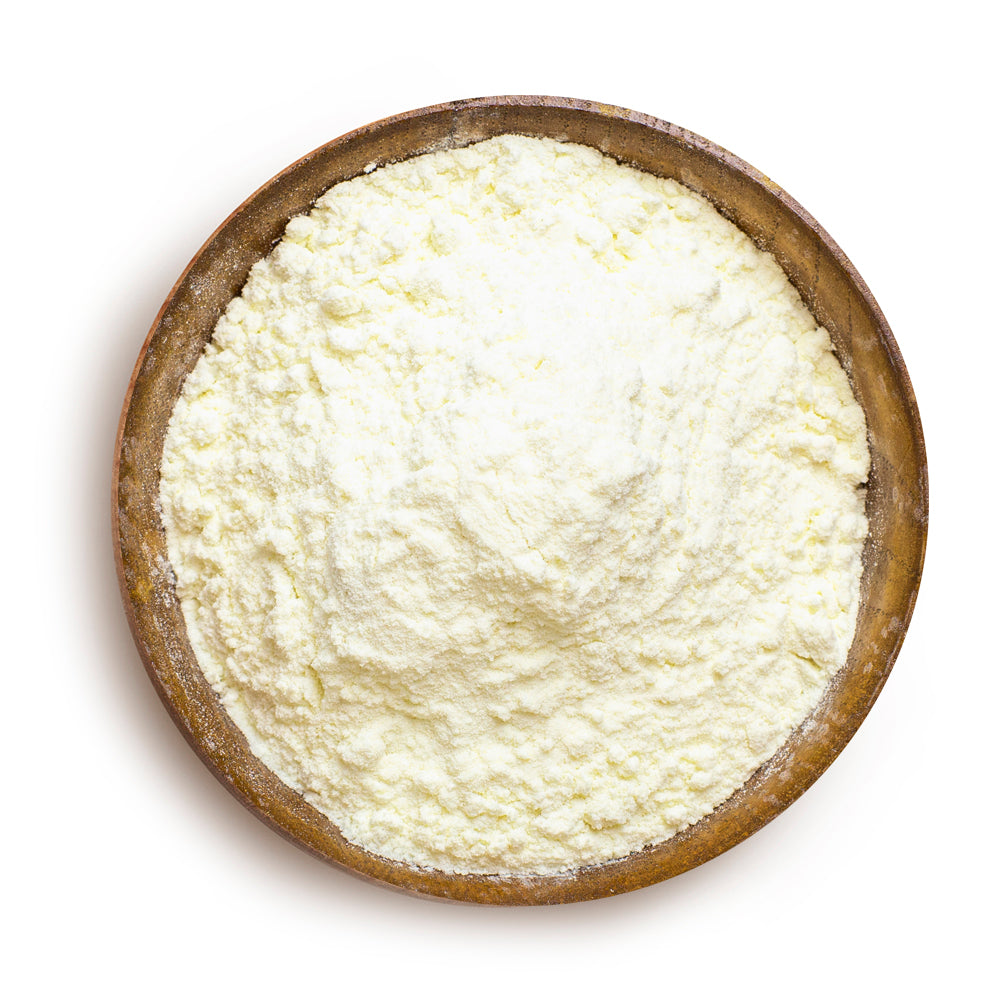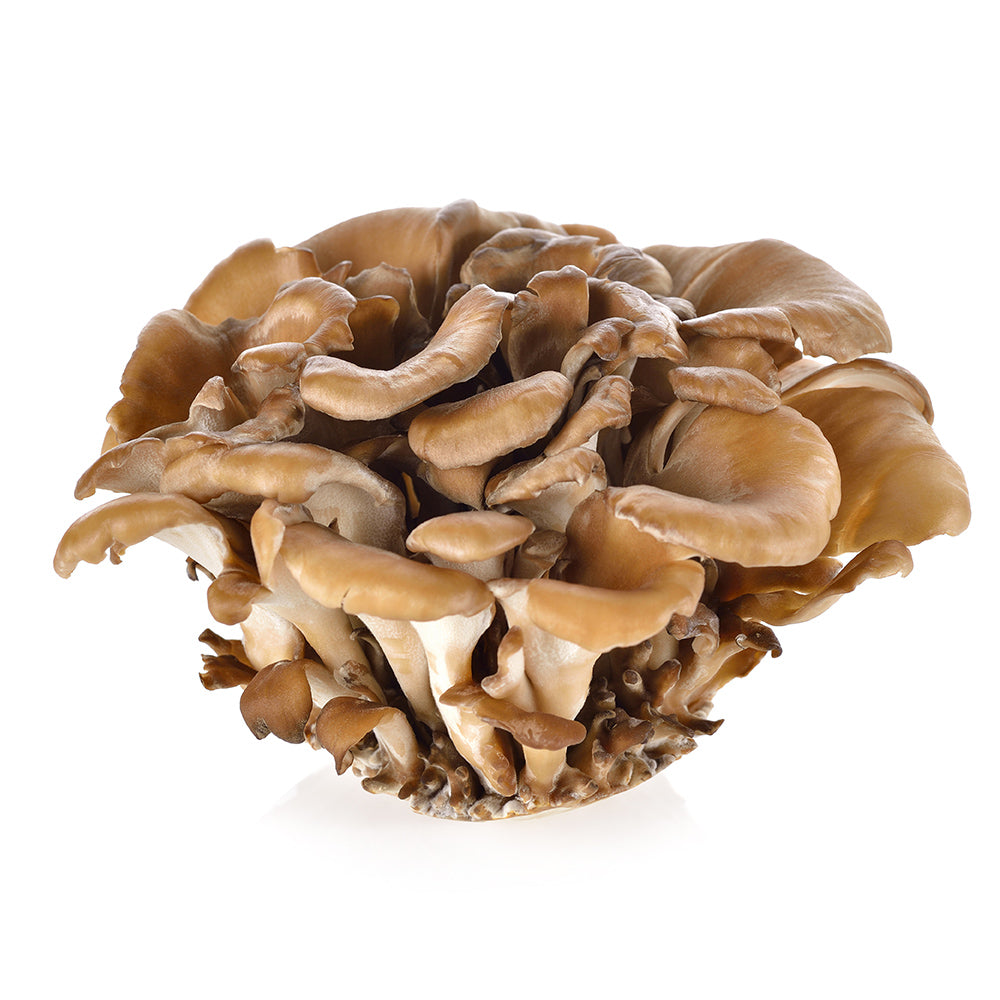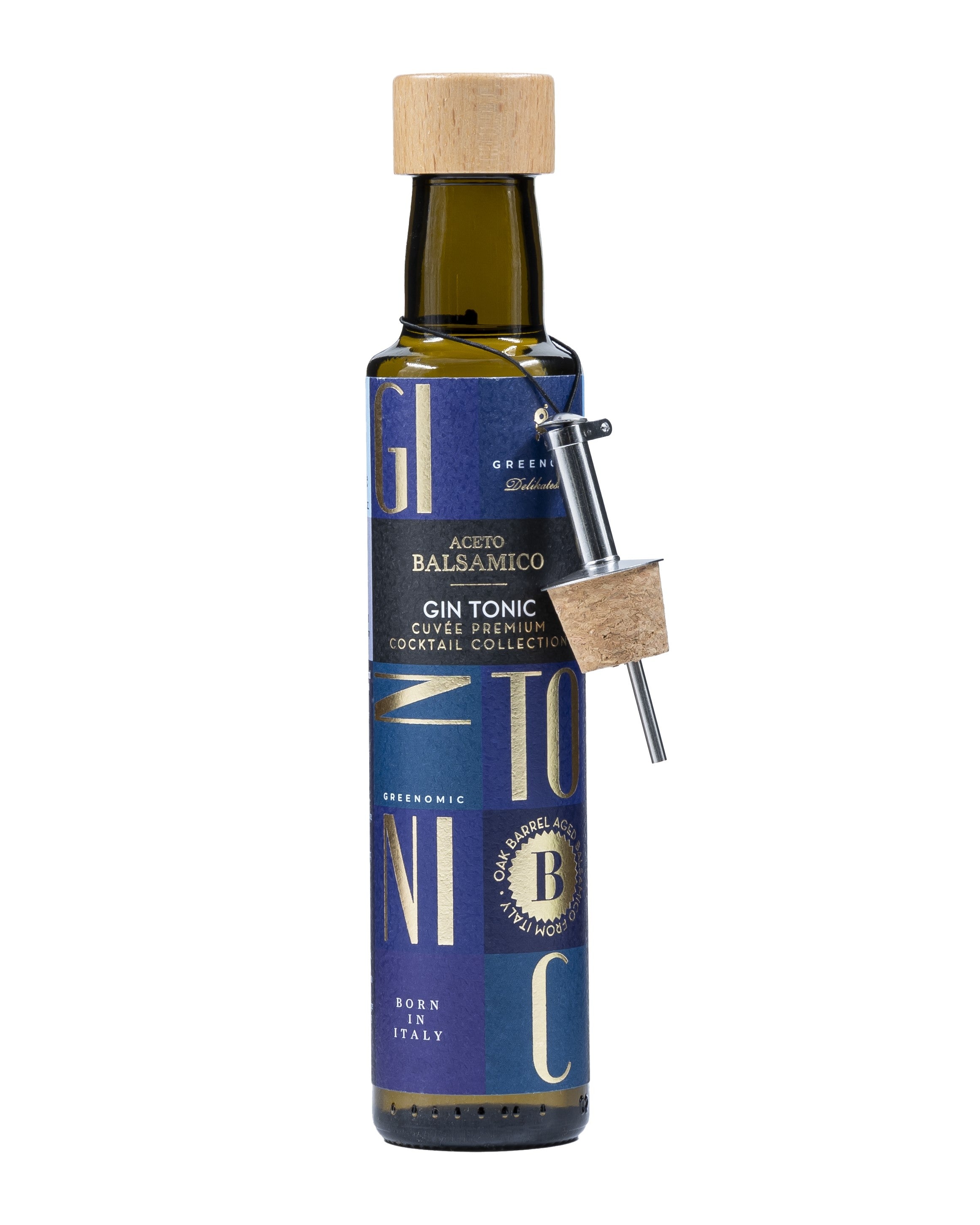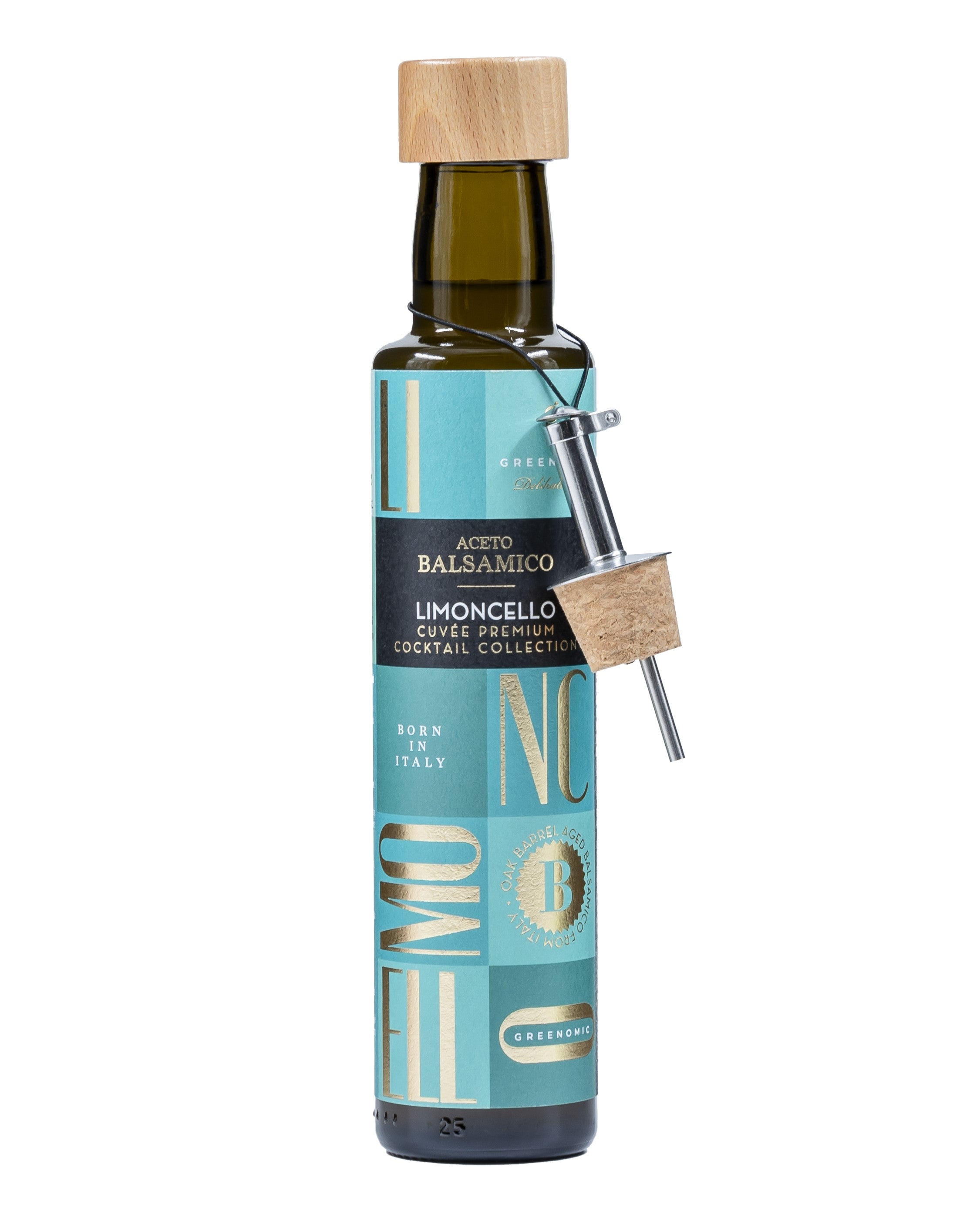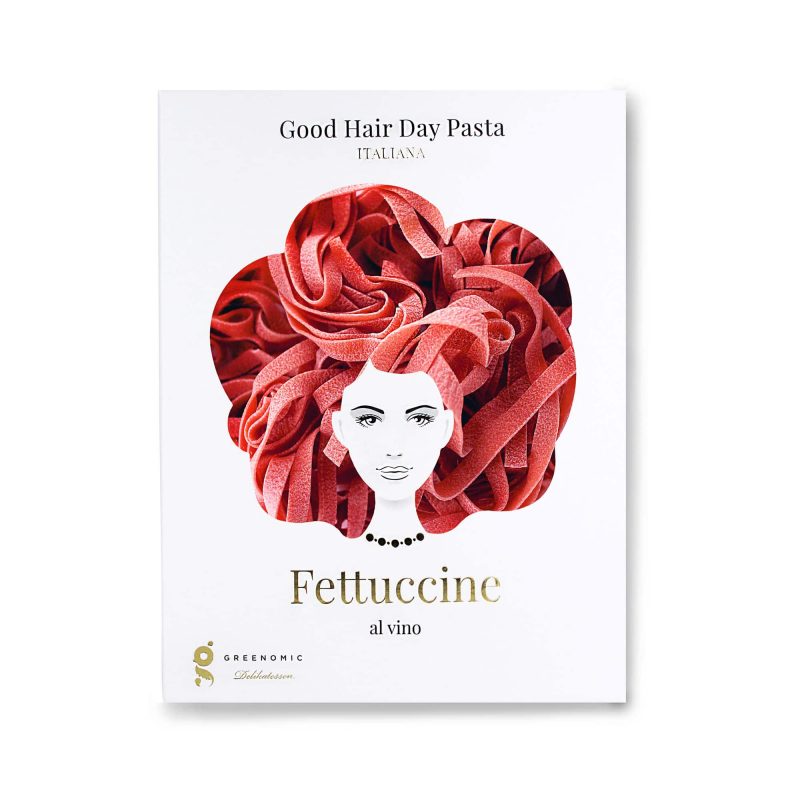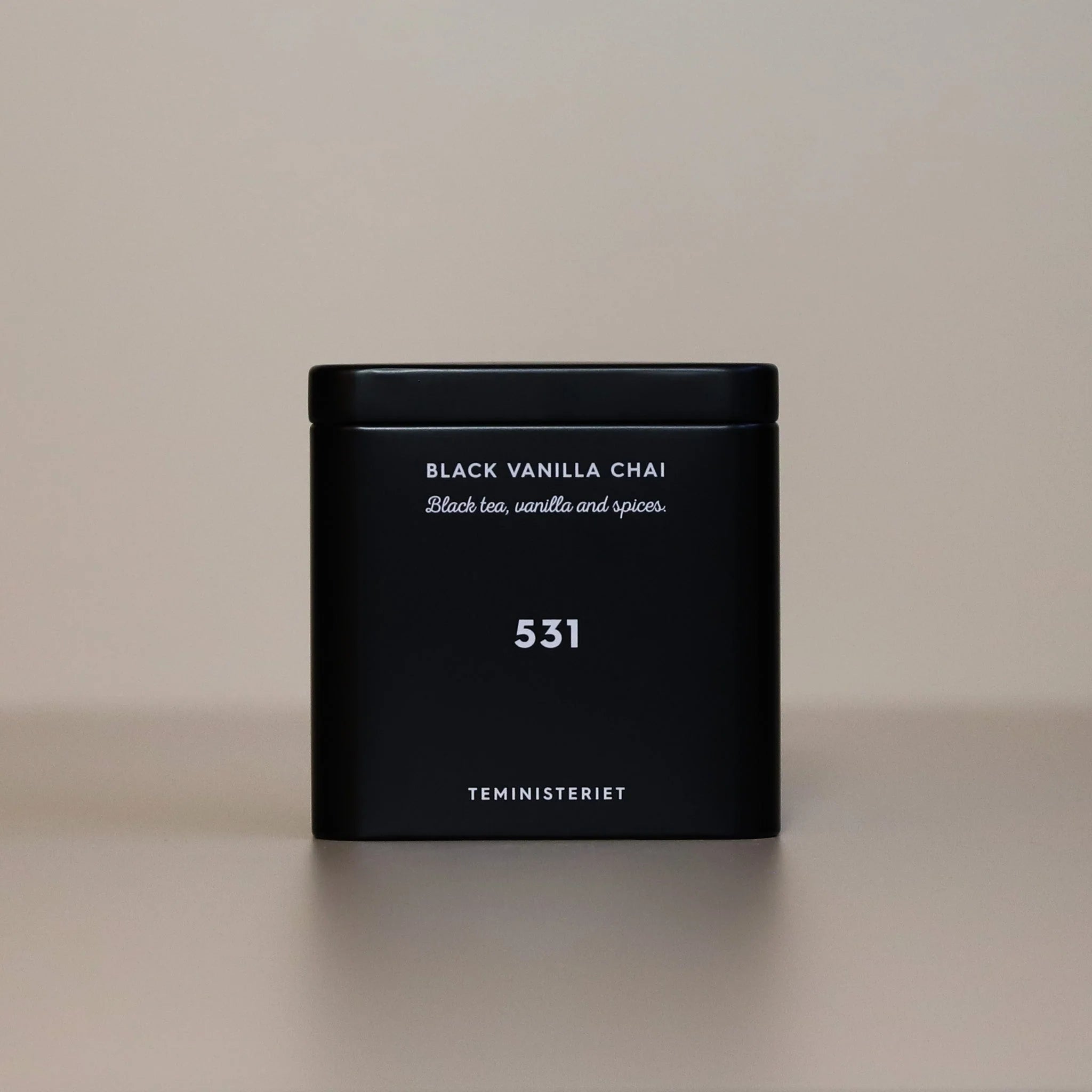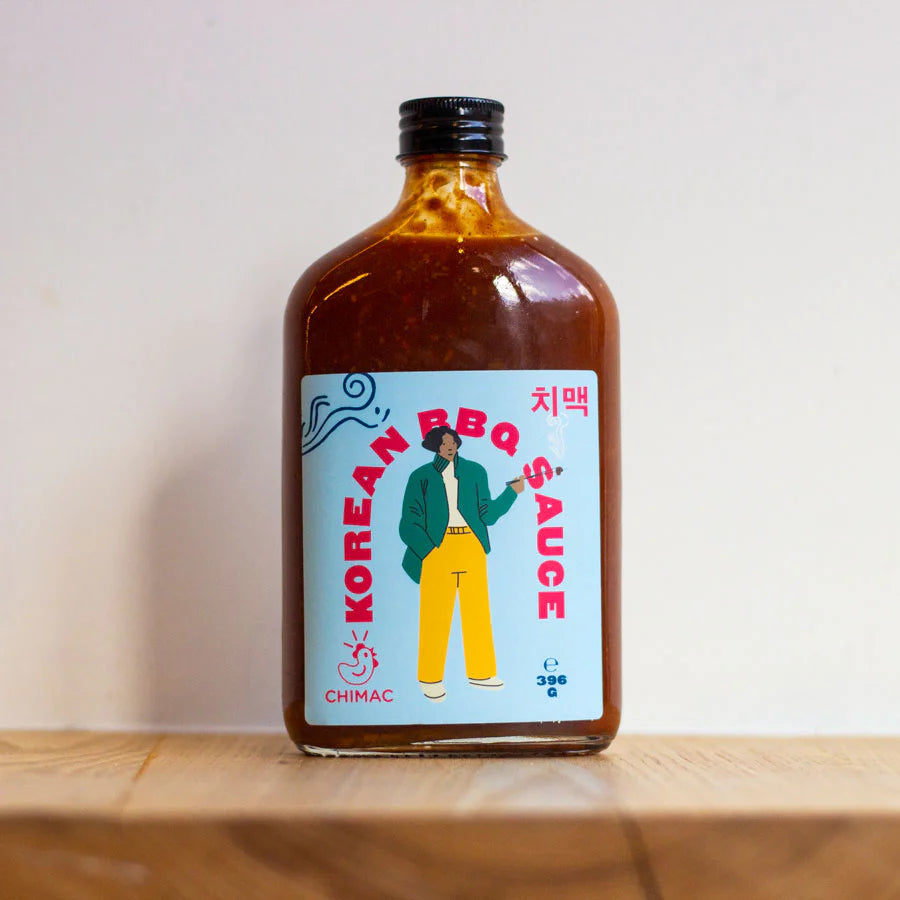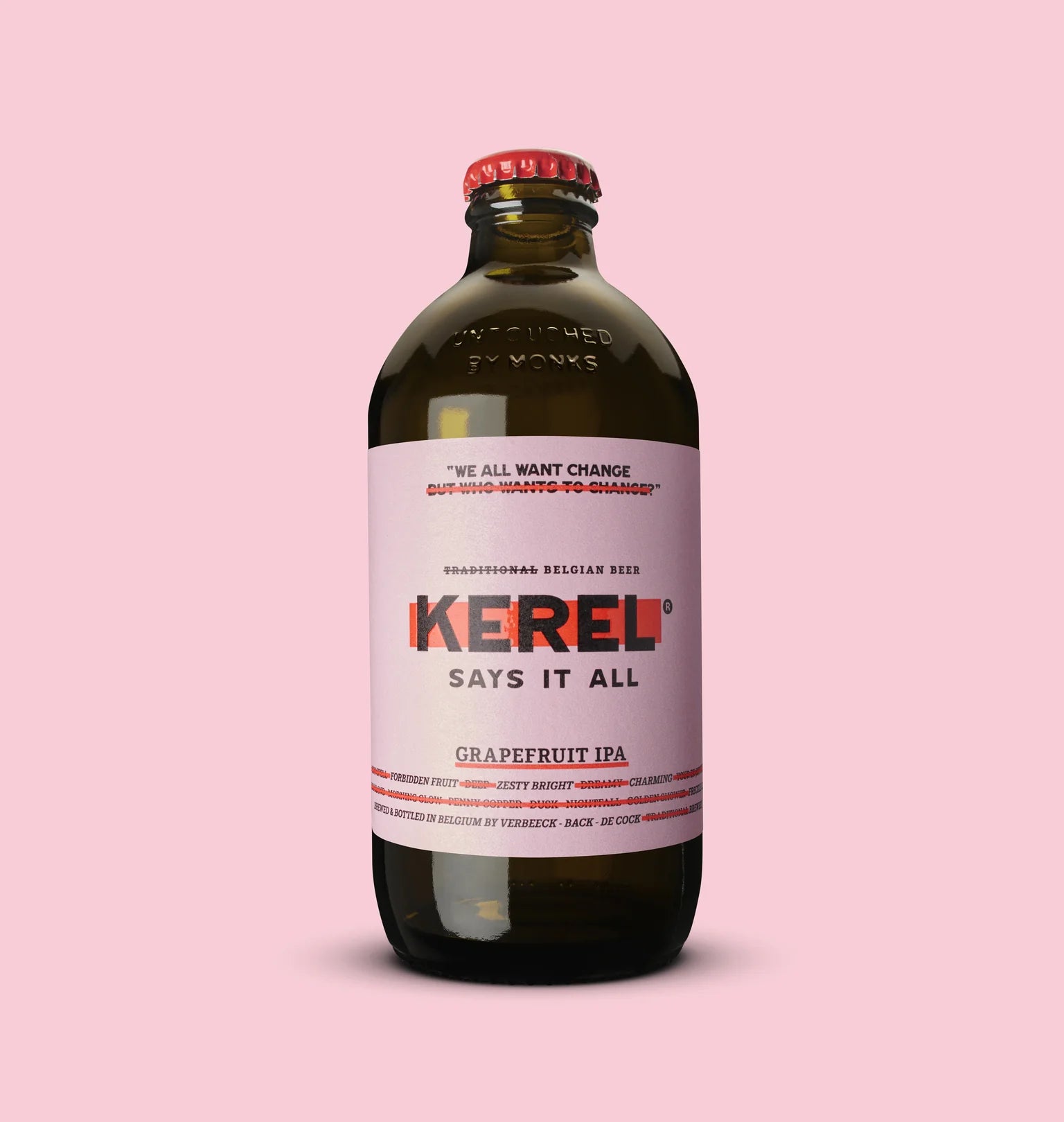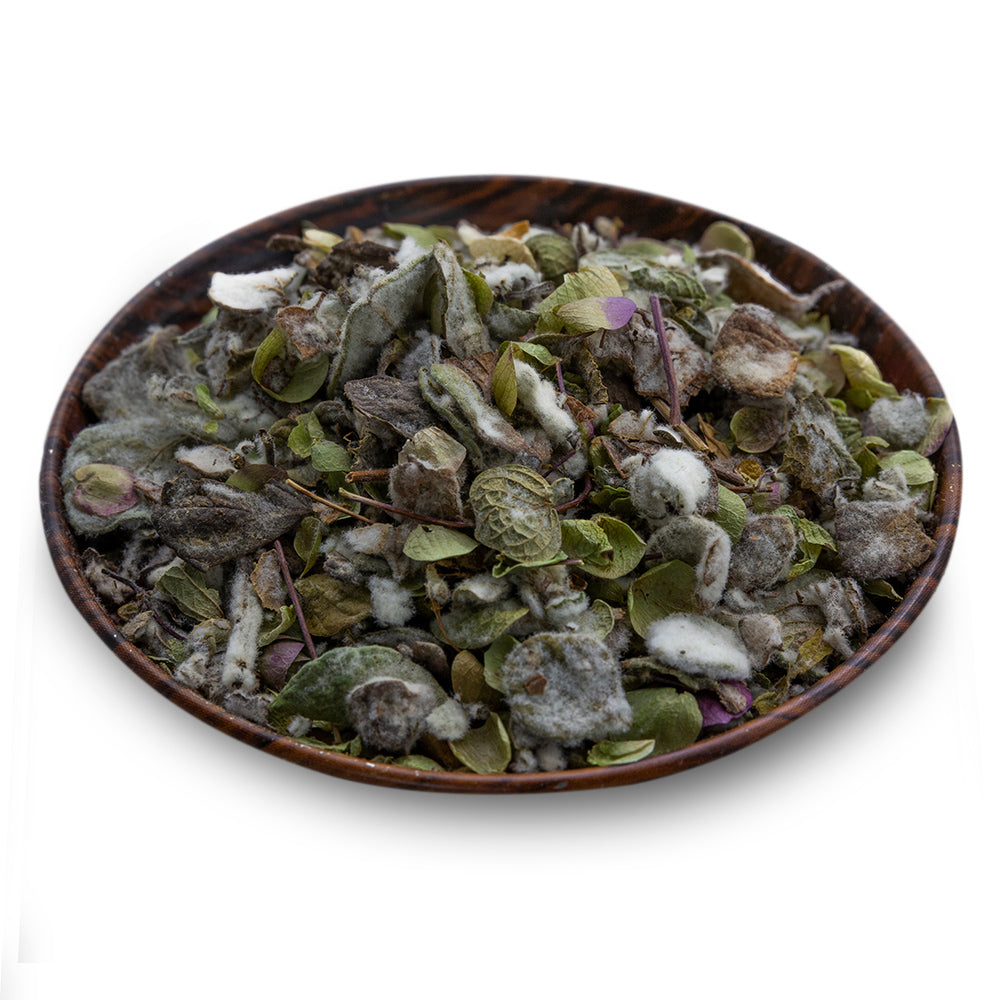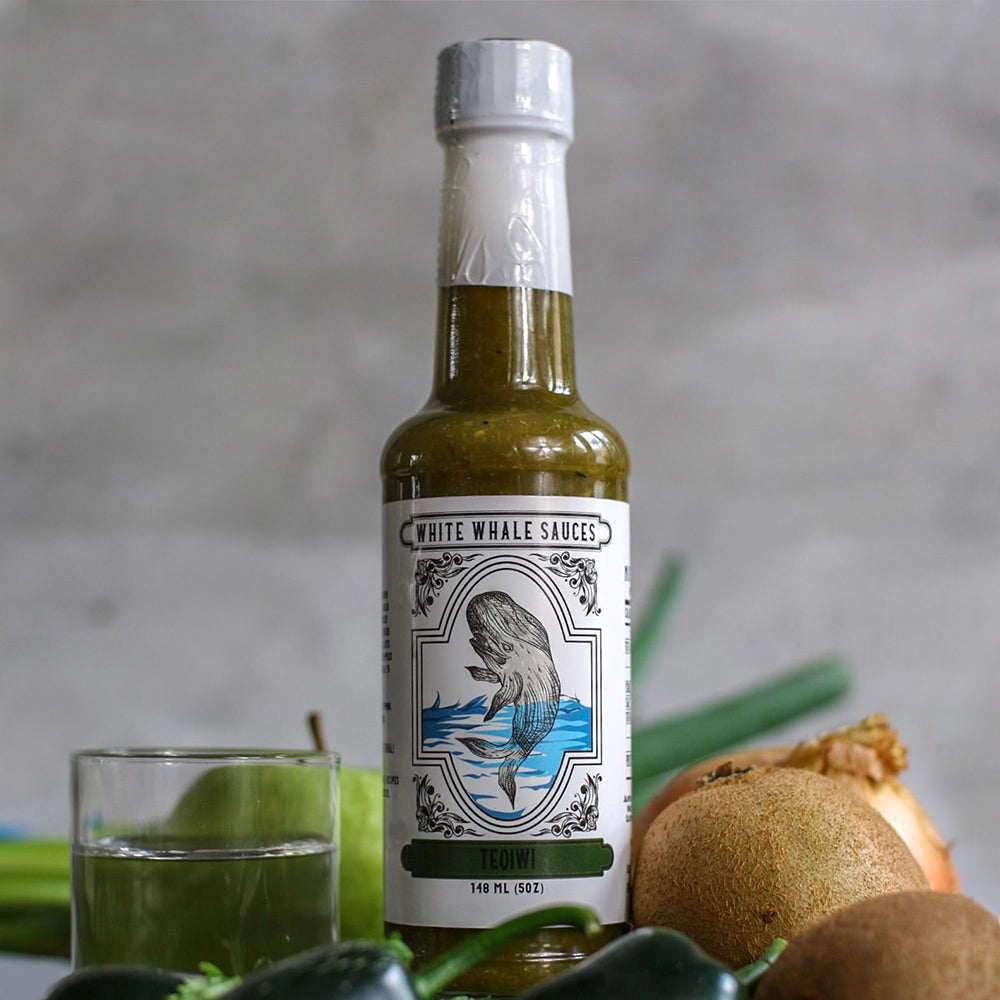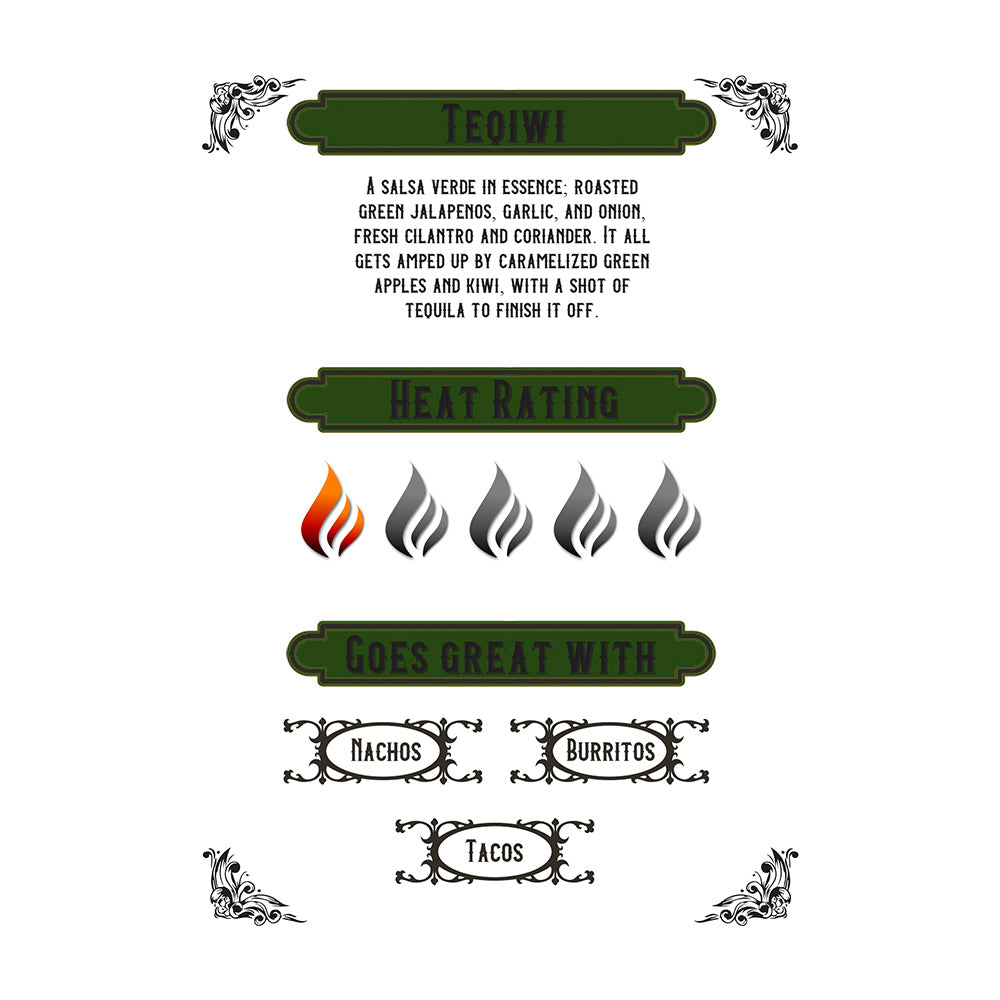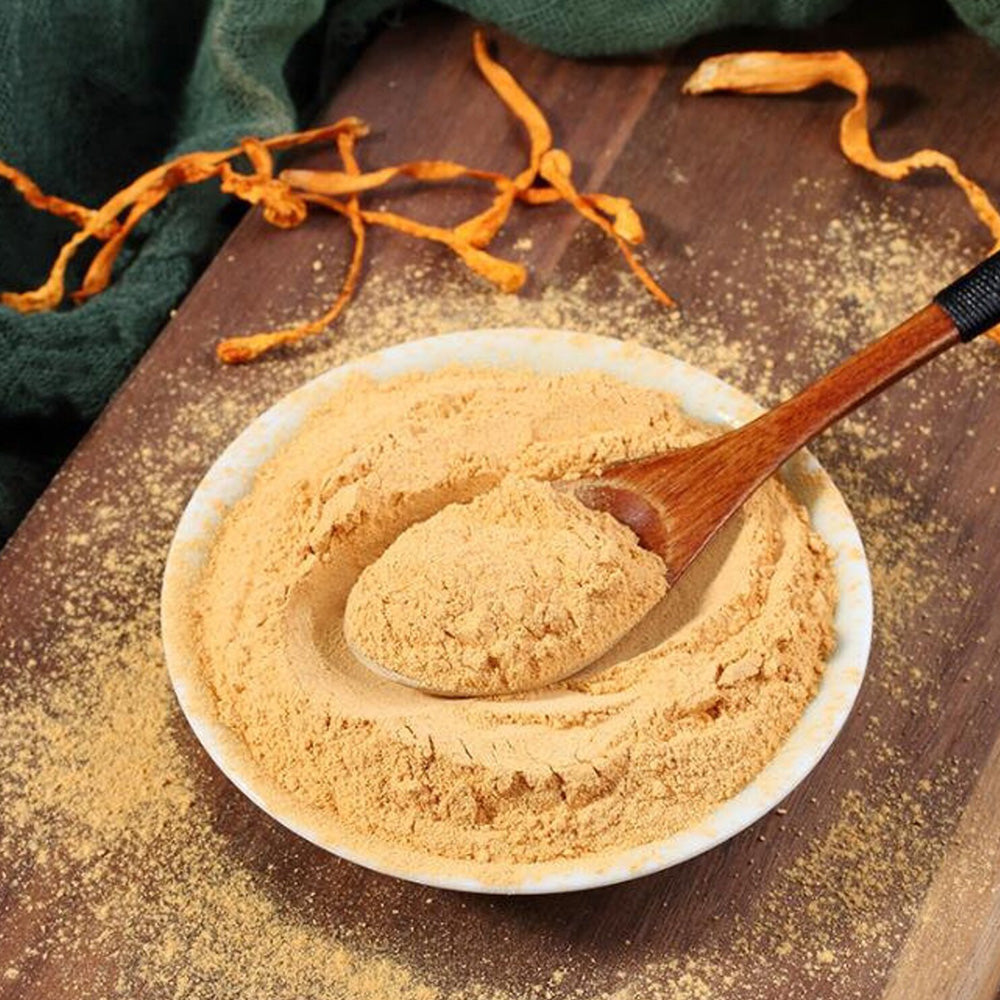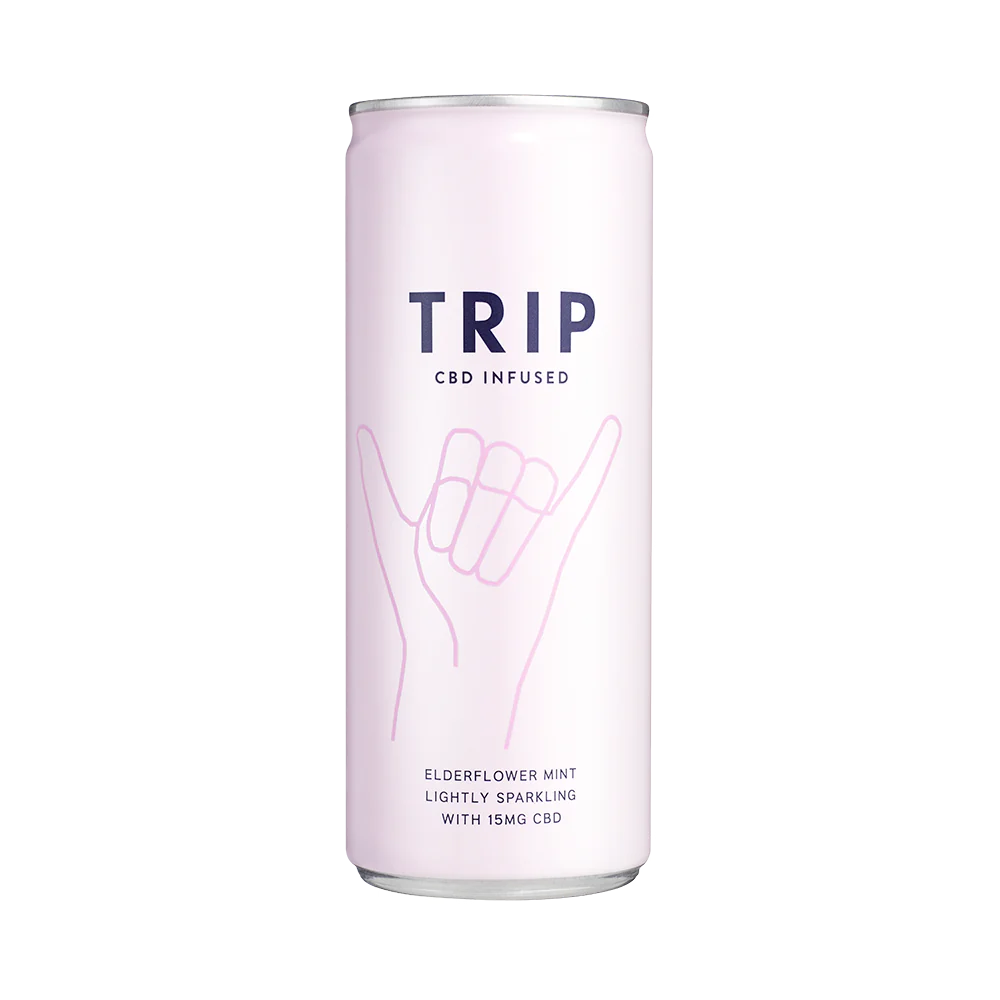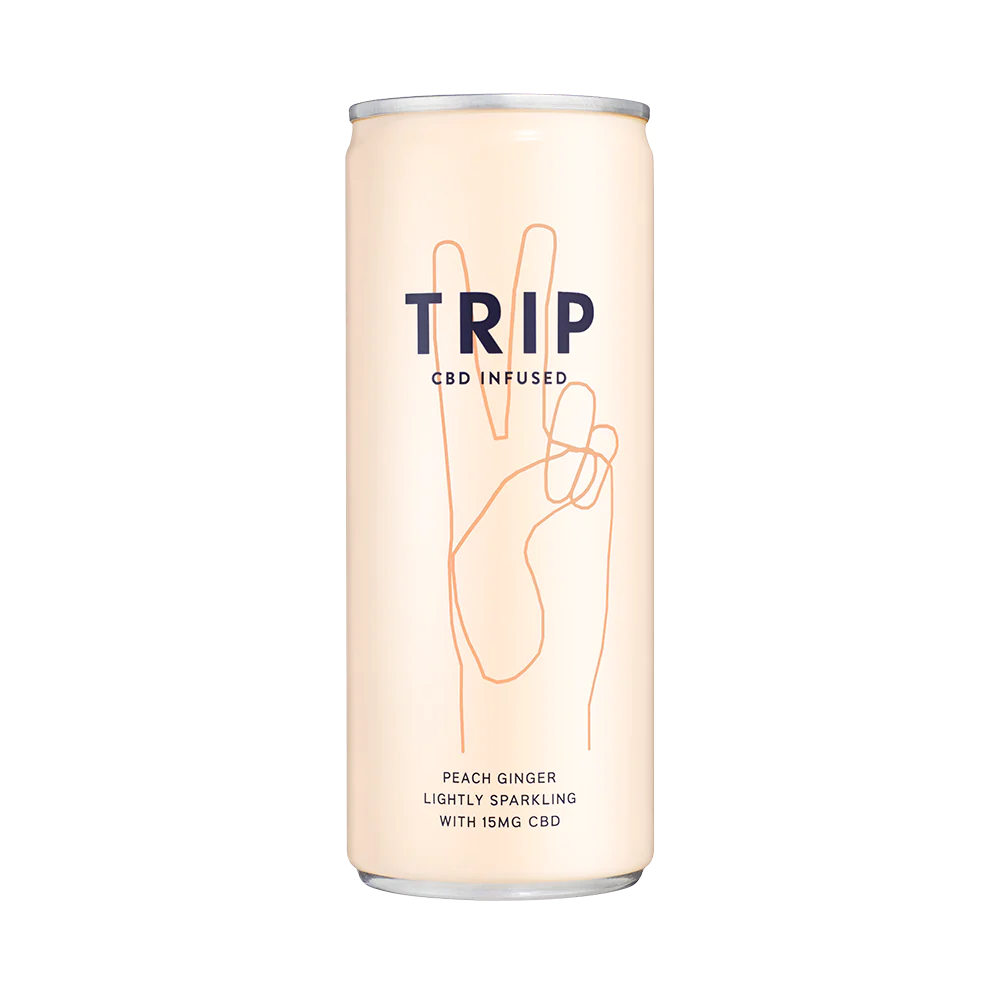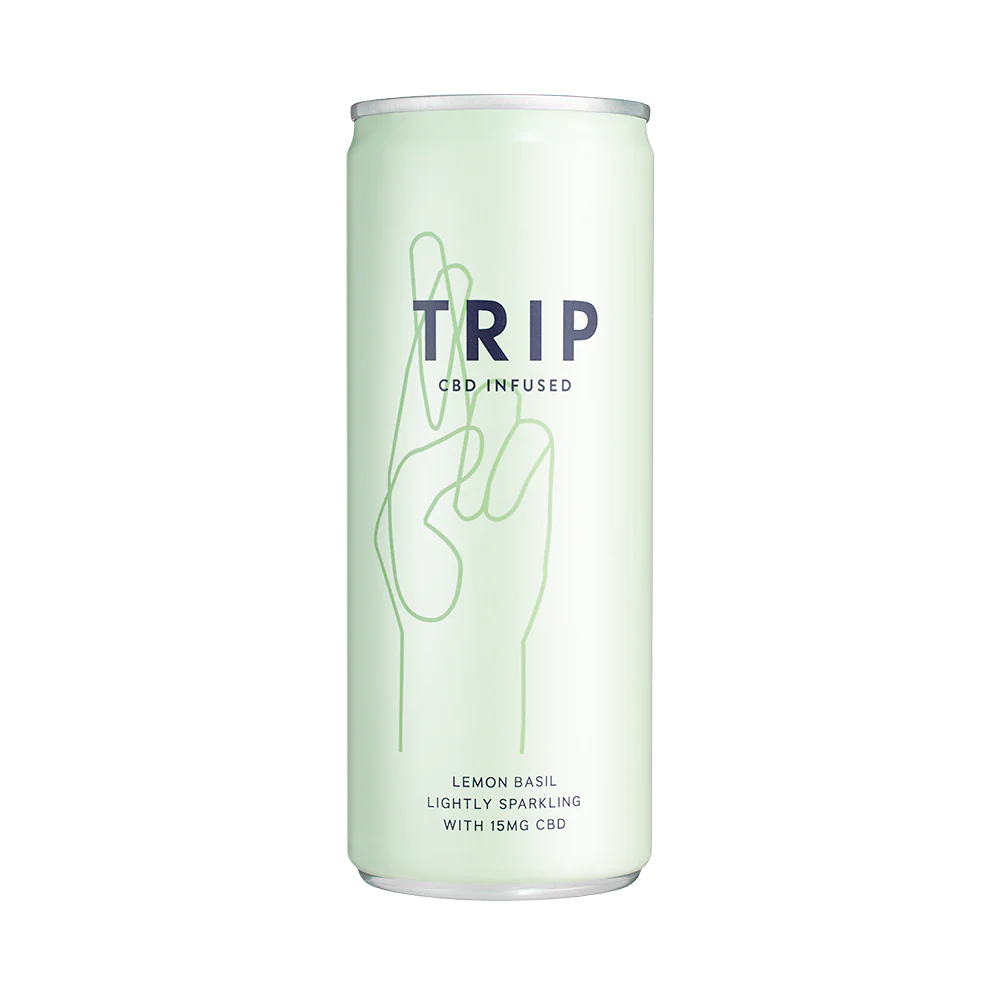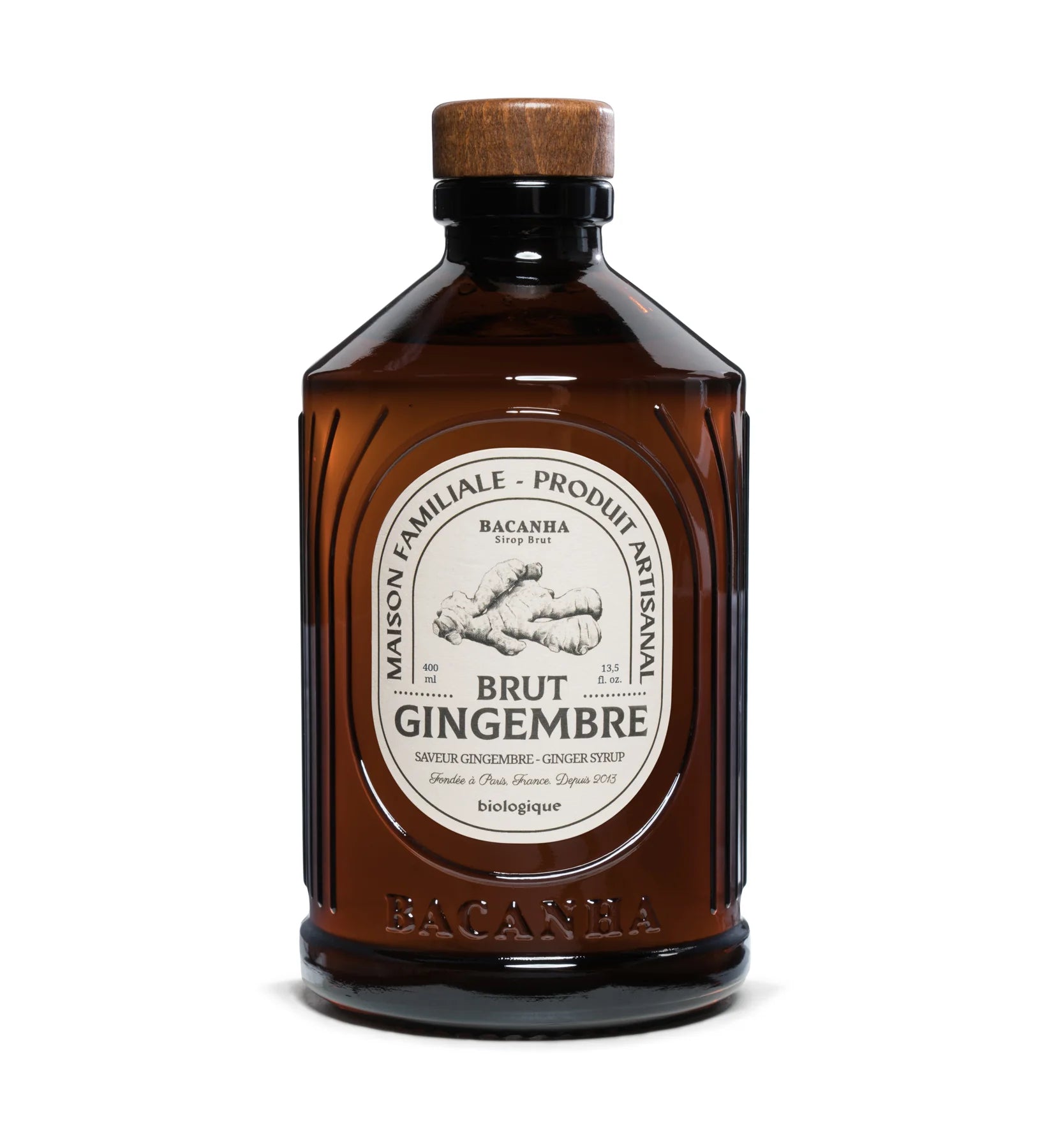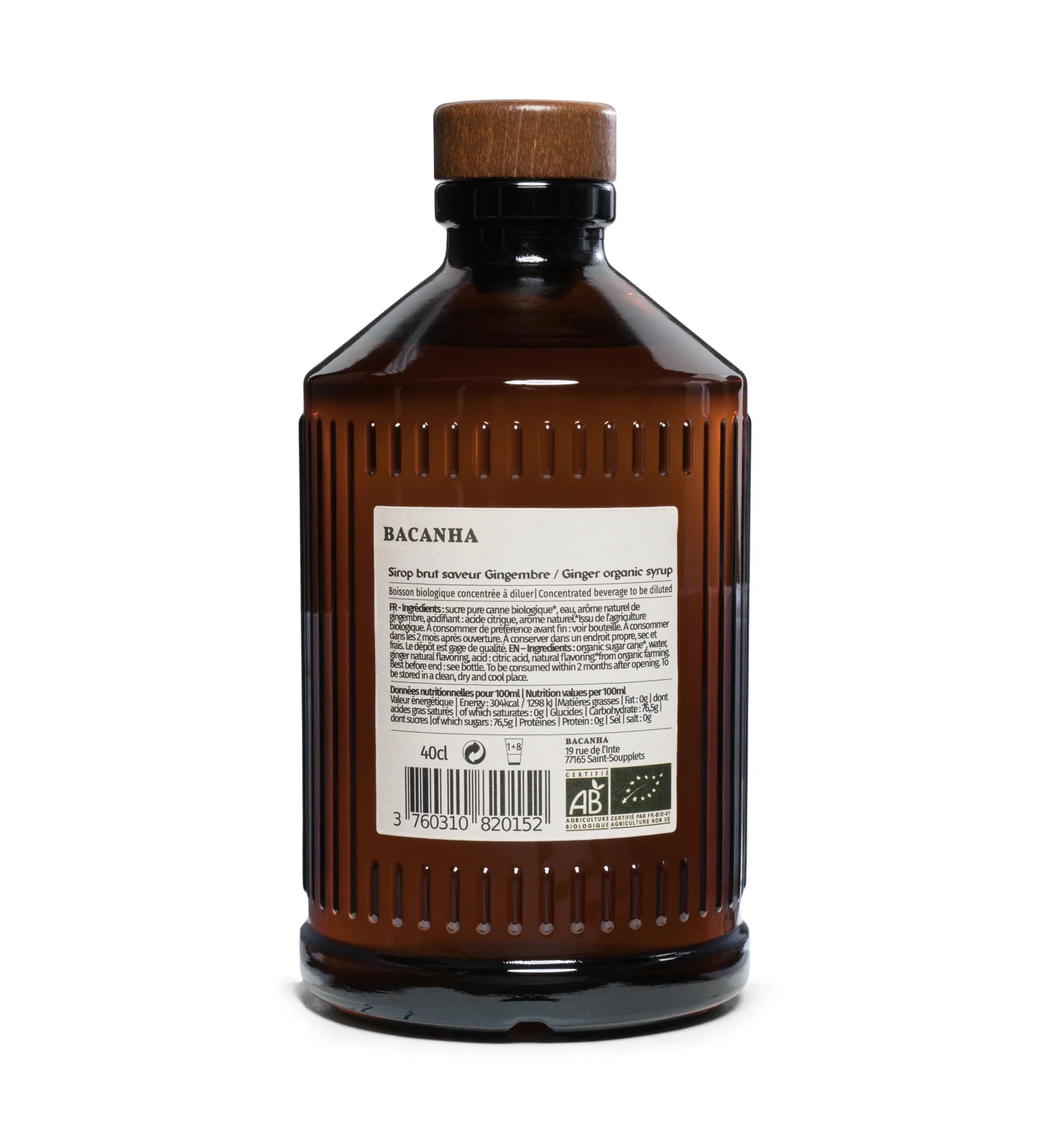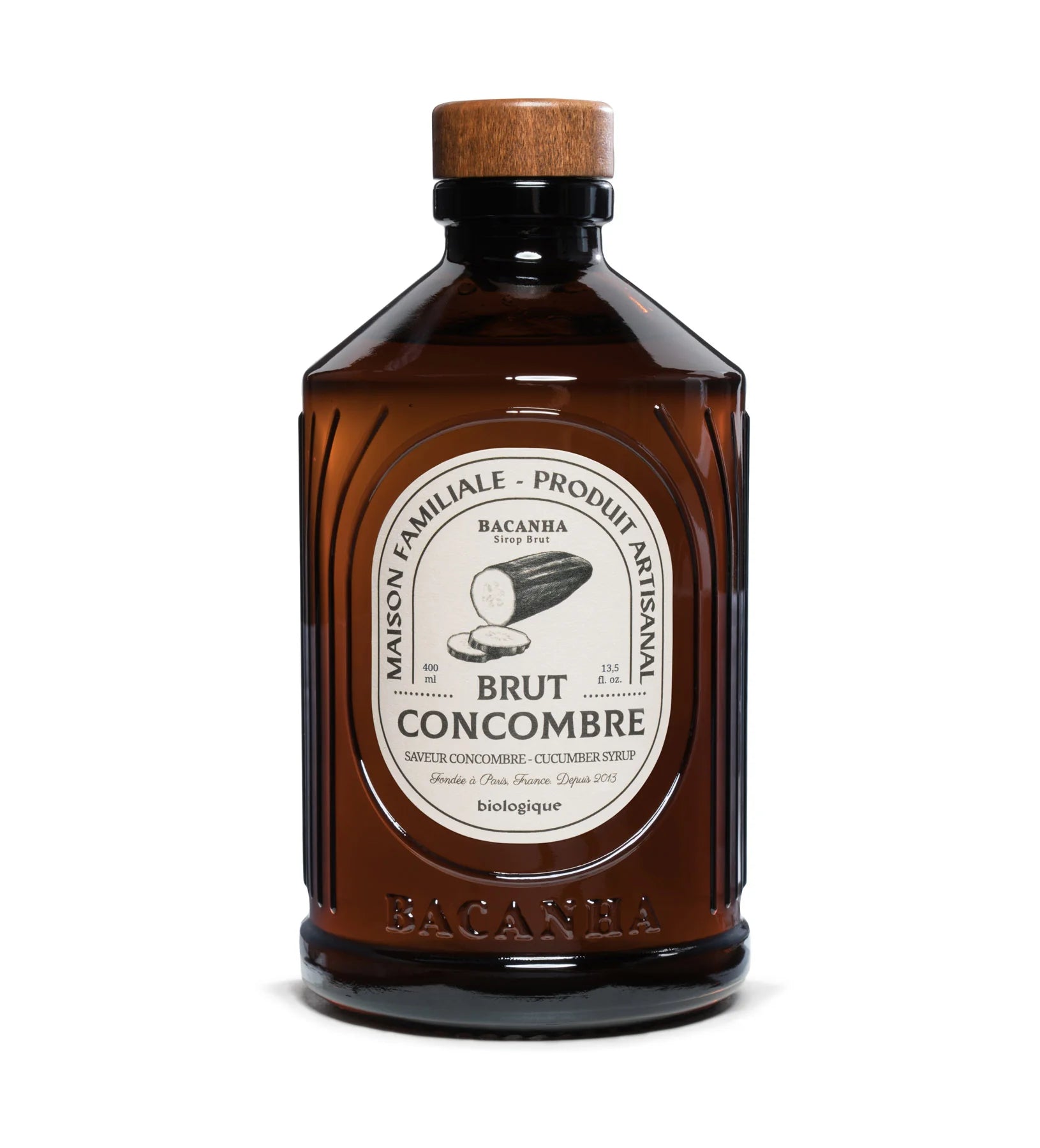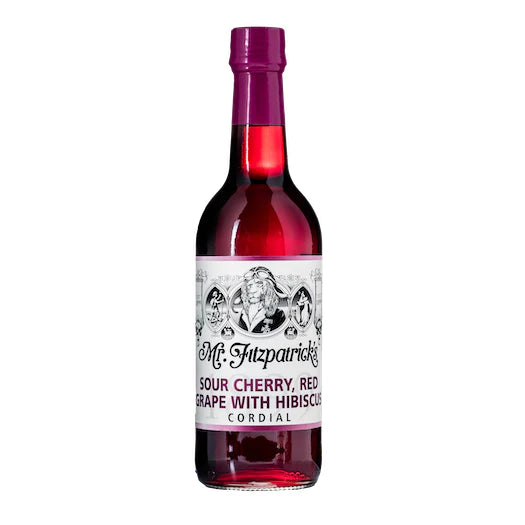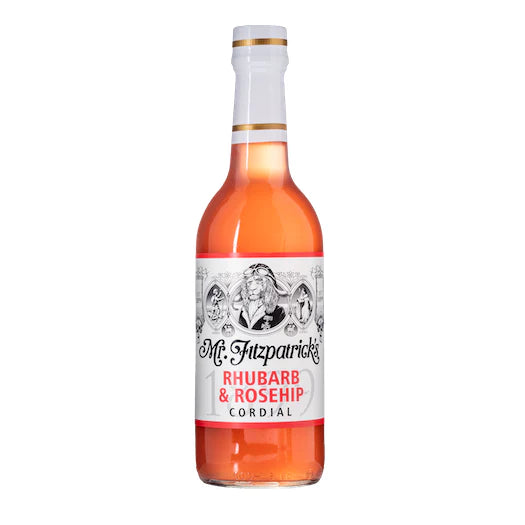About Almonds Valencia Raw Organic
Almonds grow inside cream-colored shells covered by a gray-green, fuzzy hull. When the fruit (being the nut itself) ripens, the hull splits and the shell drops to the ground. There are two types; bitter almonds, which are not eaten but provide oils and extracts to flavor foods, and sweet almonds, which are wonderfully versatile for both sweet and savory cooking. Our Valencia almonds, coming from Spain, are characterized by their long, flat shape and naturally sweet taste. They are delicious and crunchy. This is why they are very commonly used for preparing desserts (ice cream, nougat, muffins, marzipan).
Spain is the second largest market in the world for almonds after California US. In Spain, almonds are characteristic of the Mediterranean region, whose climate influences the flavor and high quality of the final product.
Almonds are filled with healthy fats (also known as monounsaturated fats). They are also high in magnesium, manganese, calcium, and potassium, and have high amounts of antioxidants, including vitamin E.
Storage and shelf life
Store almonds in a cool, dry, airtight container, away from the sunlight and heat.
Almonds, when stored properly, will keep their taste and texture for 6 months. For longer storage, keep them in an airtight container in the fridge or in the freezer up to 1 year.
Shipping and delivery
The product is available for delivery and pick up from our store in de Pijp.
The product is delivered in recycled paper bags.
Nutricional information
Nutritional Value per 100 g
Energy 600 kcal
Protein (g) 22.34
Fat (g) 53.01 (Saturated: 5.08)
Carbohydrates (g) 3.9 (Sugars: 3.5)
Dietary fiber (g) 12.6
Salt (g) 0.027
Allergens: This product contains Tree Nuts. May also contain traces of allergens due to possible cross-contamination.
How to use
Enjoy the Valencia almonds fresh as a healthy snack or add it to your homemade cereal, granolas and muesli. It’s a great ingredient for cakes, biscuits, meringues, pastries and other desserts. Use them to make your own homemade praline and almond paste (marzipan). They are commonly used as a topping in salads to add a crunchy texture and added protein. Additionally, the serve well as a crispy crust to your meat and fish. Almonds are also a great addition to stir-fries, sauces, stews and curries. And last but not least, use them to make your own almond milk and butter.
How to make blanched Almonds: Pour boiling water into the bowl with almonds to barely cover. Let the almonds sit for 1 minute and no longer (they will lose their crispness if you leave longer). Drain the water from the bowl and rinse the almonds under cold water; drain again. Pat the almonds dry with a soft cloth or paper towel. To slip the skins off the almonds, take one nut at a time and pinch one end allowing the skin to loosen. The nut will basically pop out of its skin. Use blanched almonds in recipes that ask for almond flour, almond butter, almond milk, marzipan.
Flavor Pairings
Lamb, chicken, trout, cinnamon, honey, chocolate, green salads with sweet fruits, green beans.
Other interesting information
Almonds are actually in the rose family and are often called “the queen of the rose family.” The fuzzy hull around the almond nut feels kind of like a peach, and that’s because other family members of the almond are the peach (and the apricot). They are 100% reliant on wild bees and honey bees for crop pollination — No bees, no almonds.
Almonds have many health benefits. Consuming almonds have been show to increase vitamin E levels in plasma and red bloods cells and lower overall cholesterol levels while boosting or maintaining high-density lipoprotein (HDL) cholesterol. Almonds have been show to reduce breast cancer risks
Choudhury, K., et al. (2014). An almond-enriched diet increases plasma α-tocopherol and improves vascular function but does not affect oxidative stress markers or lipid levels [Abstract].
https://www.tandfonline.com/doi/full/10.3109/10715762.2014.896458
Hull, S., et al. (2015). A mid-morning snack of almonds generates satiety and appropriate adjustment of subsequent food intake in healthy women.
https://www.ncbi.nlm.nih.gov/pmc/articles/PMC4500840/
Jambazian, P. R., et al. (2005). Almonds in the diet simultaneously improve plasma alpha-tocopherol concentrations and reduce plasma lipids [Abstract].
http://www.ncbi.nlm.nih.gov/pubmed/15746835
Kalita, S., et al. (2018). Almonds and cardiovascular health: A review.
https://www.ncbi.nlm.nih.gov/pmc/articles/PMC5946253/
Klein, E. A., et al. (2011). Vitamin E and the risk of prostate cancer: the Selenium and Vitamin E Cancer Prevention Trial (SELECT).
https://jamanetwork.com/journals/jama/fullarticle/1104493
